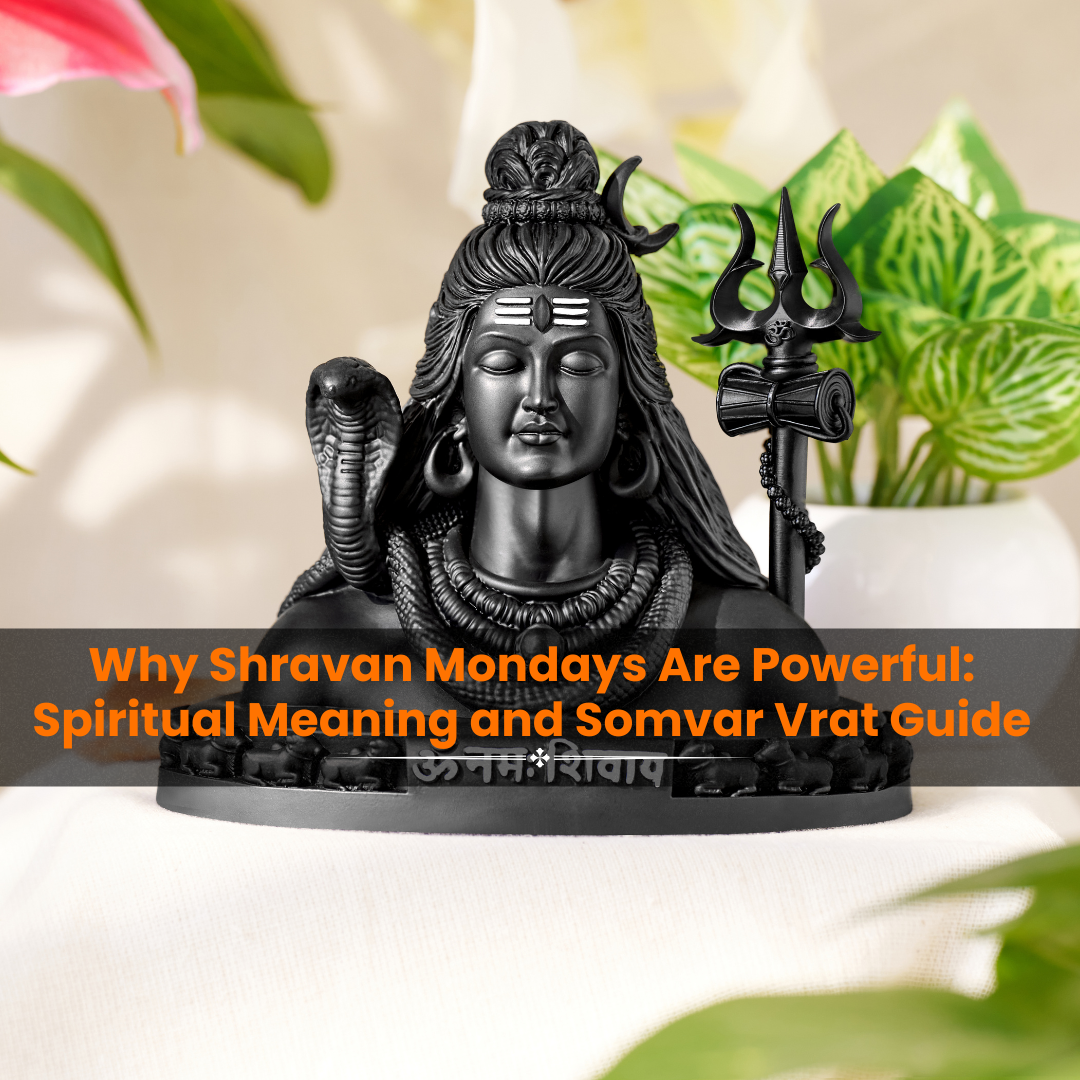
6 Hidden Facts about Ram Mandir you didn't know
You would be shocked to know not a single gram of Iron and steel has been used
The construction of the Ram Mandir in Ayodhya is a significant project that aims to use traditional materials and techniques. It's been reported that the use of iron and steel was absolutely zero in the construction, and traditional materials such as stone and wood were predominantly used instead. This approach was intended to align with the traditional architectural and construction practices of ancient India and to honor the cultural and historical significance of the temple.

Largest temple of Lord Rama to ever be built in India till date
The largest temple of Lord Rama in India is the Ram Mandir, also known as the Ayodhya Ram Mandir the Sri Ram Janmabhoomi Mandir, or The Maryada Purshottam Prabhu Shree Ram Mandir. It is being constructed in Ayodhya, Uttar Pradesh. The temple is being built at the site believed to be the birthplace of Lord Rama, and it holds great significance for millions of Hindus. The construction of the temple began after a long-standing legal and political dispute was resolved, and it is expected to be one of the largest Hindu temples in the world once completed.
After 500 years, Lord Shri Ram returns, and we bring a miniature Ayodhya temple to your homes. Crafted with resin and marble, the temple mirrors Lord Ram's divine abode.
In this auspicious moment, establish the darpan of Lord Shri Ram in your home and experience the divine presence. The craftsmanship mirrors the splendor of Lord Ram's residence.
Click the link below to purchase now: https://thesmartshoppee.com/
An astonishing 1800 crore rupees has been spent on the project so far
The construction of the Ram Mandir in Ayodhya is a massive project, and it has garnered significant attention and financial resources. The temple's construction is being funded through donations from devotees and various organizations. The estimated cost of the project is indeed around 1800 crore rupees. The funds are being used for the construction of the temple complex, including the main temple structure, landscaping, infrastructure, and other associated facilities. The project has been a focal point of religious and cultural significance for many people in India.
The first evidence of Ram Mandir came in 1976-1977
B.B.Lal conducted the first survey to find evidence of the Ram Mandir in Ayodhya dating to 1976-1977 when the Archaeological Survey of India (ASI) conducted excavations at the site. The excavation revealed the presence of a large structure with features consistent with a Hindu temple beneath the Babri Masjid, which previously stood at the site. This discovery played a significant role in the legal and historical debates surrounding the site, ultimately contributing to the resolution of the long-standing dispute and paving the way for the construction of the Ram Mandir.
Did you know who constructed the first Ram mandir before Babur demolished it?
Ayodhya was originally a 144 Km long and 36 Km wide city. It was set up by Manuji Maharaj and survived for a long time. Ayodhya city fell into ruin after King Brihadval, who was a descendant of Shri Rama, died in the Mahabharata war.
The next major event for Ayodhya was the visit of King Vikramaditya, who rebuilt Ayodhya city by identifying major landmarks and measuring them to find the sites. It is said that King Vikramaditya rebuilt 360 temples at important sites. The Ram Janmabhoomi Temple was erected by king Vikramaditya at the present location.
The temple has stood as a major pilgrimage site since then. 500+ years later, King Samudragupta renovated the temple.
Gaz Navi attacked the temple in 1033 AD, but Hindus defended the temple.
Between 1325–1351 AD, Muhammad BinTughlak mounted 2 major attacks on the temple. But Hindus were able to defend the temple. Between 1351 and 1388 AD, Shah Tughluk attacked the temple. He was defeated also. Then, between 1393 and 1413 AD, Nasiruddin Tughluk attacked the temple 2 times but was defeated.
Between 1489 and 1517 AD, Sikandar Lodi raided the temple, he was also defeated., His Subedar, Firoz Khan attacked the temple 10 times, but Hindus were able to defeat him.
Do you know where lord Rama is now?
Lord Rama Lives in the Saket Loka. It's also called, eternal Ayodhya. How one can reach that heaven location is told by Lord Shiva in the Padma Purana. I will sum it up, One can easily, pleasantly reach him by chanting, Rama, Rama, Rama. If one remembers Shri Rama's name once before dying then, they will reach him
























